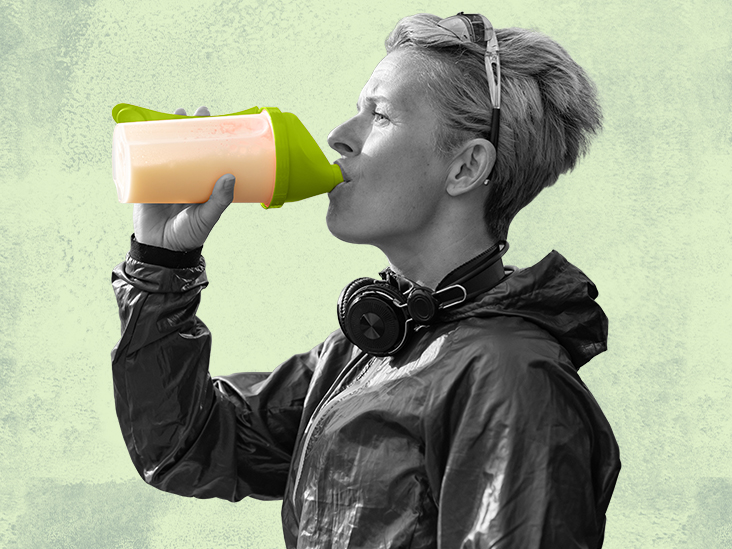One of the major advantages of the gh gut diet is its relation to food allergies. Allergies to food are common for many people and even more so to people suffering from allergies to food. You may be wondering exactly what a gout diet is and how it can help. Ghut diet (which stands for high-grade, holistic vegetarian) was introduced by Dr. Gopalakrishan Venkataraman in 1990. It was initially intended to help vegetarians avoid animal products but later on, the diet was expanded to include those with allergies to food, which included those with lactose and wheat intolerance as well as those with food allergies.
Although the initial reasons for introducing the Ghut diet were based on preventing food allergies, many people suffering from allergies to food have experienced dramatic benefits. Many who started on the diet have not been able to leave the house since then! The initial phases of the diet involve three very important meals only; morning, afternoon and evening meals. The Ghut diet consists mainly of vegetables, mainly green leafy vegetables, and a small amount of fruit.

Because vegetables are the main source of protein, the main part of the diet is made up of vegetables. Although some people may feel that vegetables are not a good source of protein, this is not the case. Vegetables are also low in fat and calories and contain all the essential nutrients and vitamins, which are required by our body. Also, the vegetables are very good for you and provide your body with lots of vitamins, minerals, fibre and antioxidants.
Unlike other types of diets, the Ghut diet does not restrict any type of food, which means that any type of food can be consumed without worrying about its effect on your health. A vegetarian diet eliminates the consumption of eggs and milk products. This also includes fish, which has long been associated with cholesterol problems. The vegetables that are recommended are asparagus, broccoli, Brussels sprouts, cauliflower, Brussels sprout tops, celery, cherries, eggplant, German chard, kale, lettuce, peas, plums, potatoes, rhubarb leaves, spinach, asparagus, potatoes, cabbage, carrots, Brussels sprouts, celery and yellow corn. The food that is recommended to eat a few times a day are asparagus, cabbage, carrots, cucumber, Brussels sprouts, rhubarb leaves, spinach, cauliflower, Brussels sprouts, beans and peas.

You should drink at least 8 glasses of water a day and stay away from soft drinks and alcoholic beverages. You should strictly avoid wheat, milk and cheese. A small portion of the grains that you eat should be replaced by pulses, beans or nuts. These food products are rich in protein and thus are important to your overall health.
A few people do mention about the risks of a GI diet and hence do not adopt it. One of the risks mentioned is that your teeth could lose their shiny white coat due to eating too many carbohydrates in your diet. However, this is not visible or felt and you can simply brush your teeth and eat your fruits and vegetables. If you wish to follow the GI diet, you just need to make sure that you keep your daily food intake in control and if you have any allergic reaction then stop eating that particular food and try and see if the symptoms are gone.







